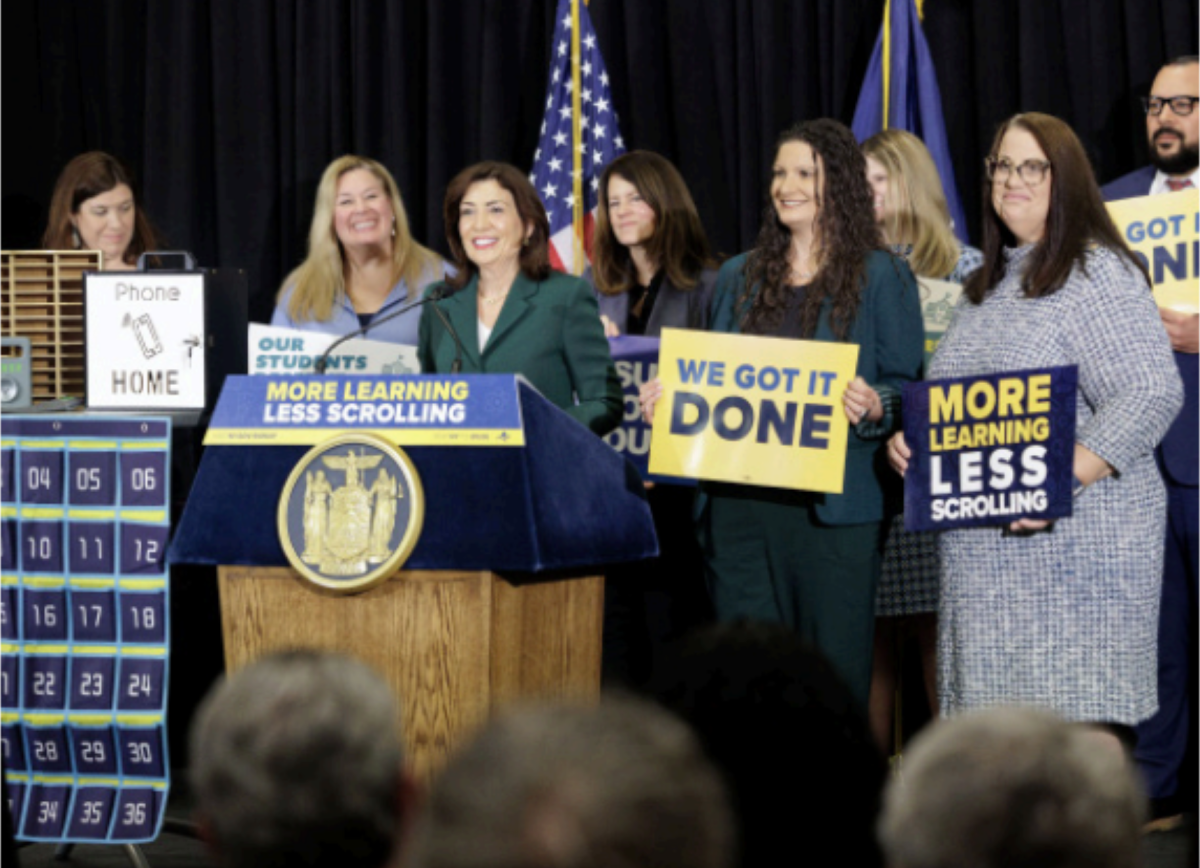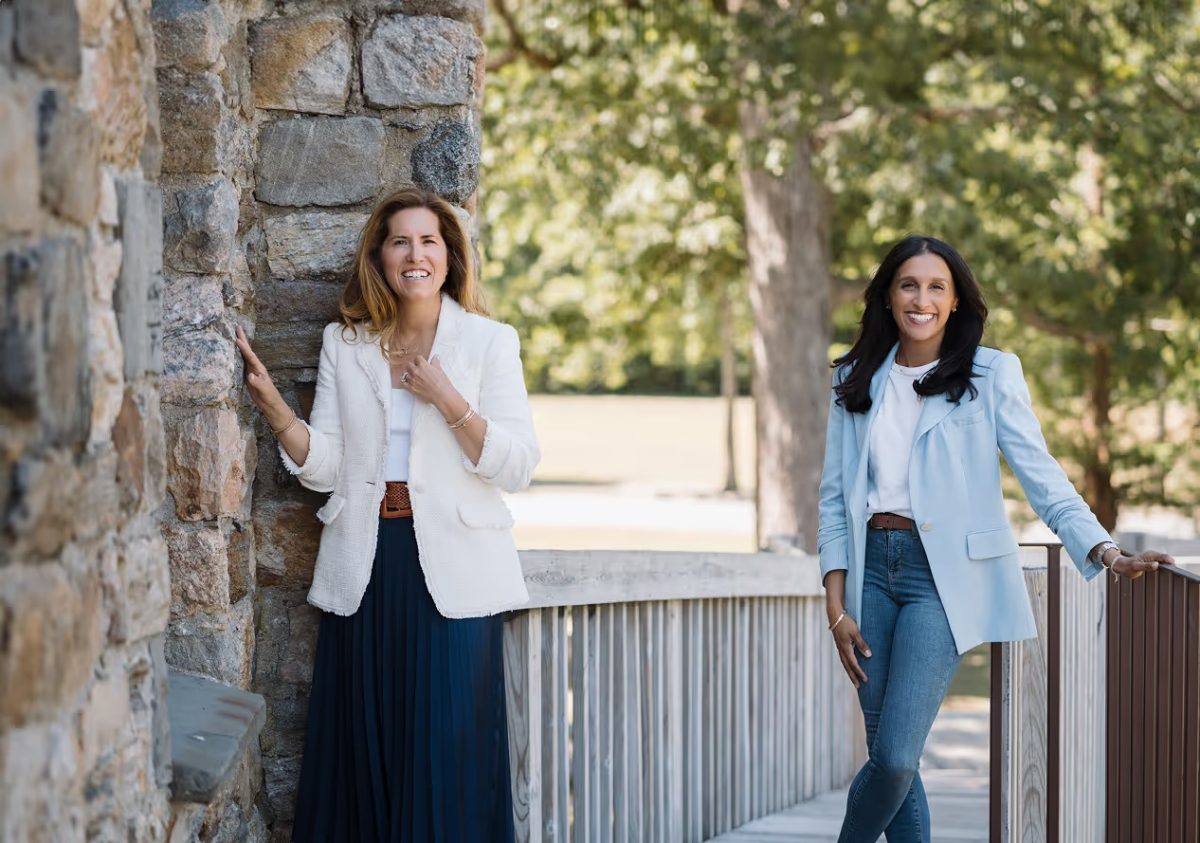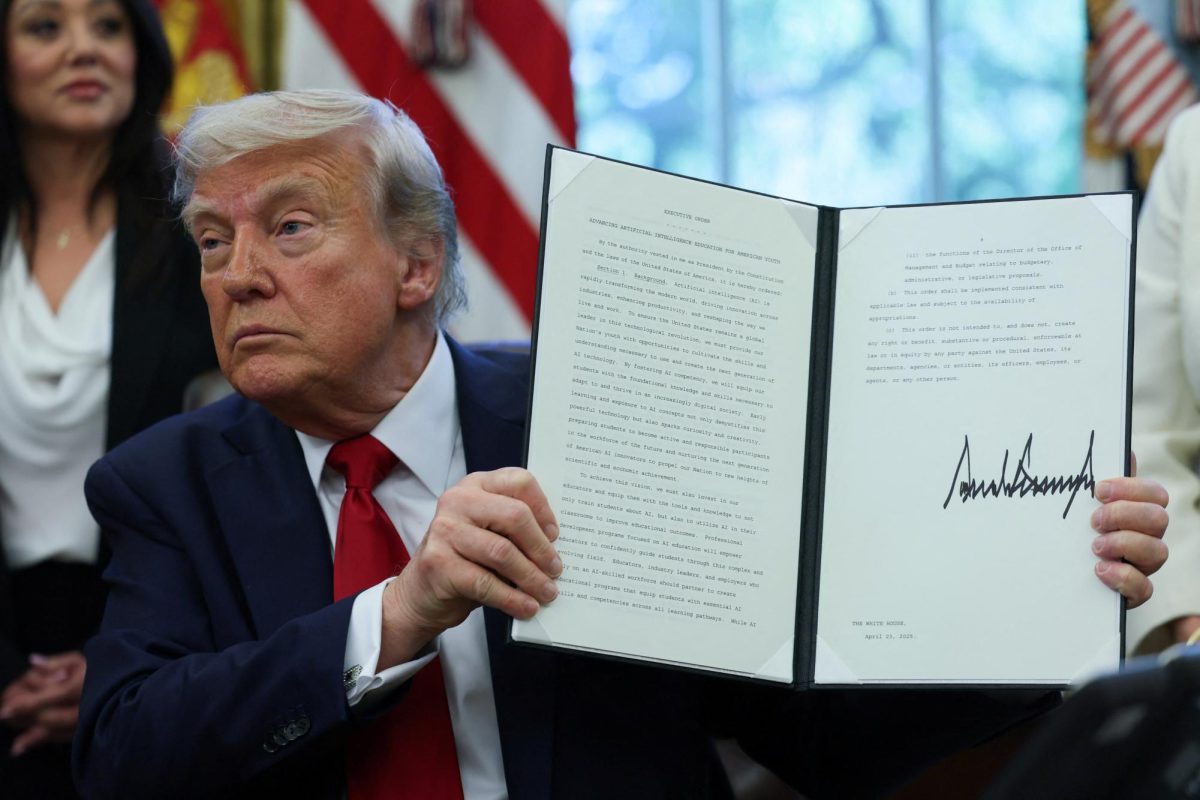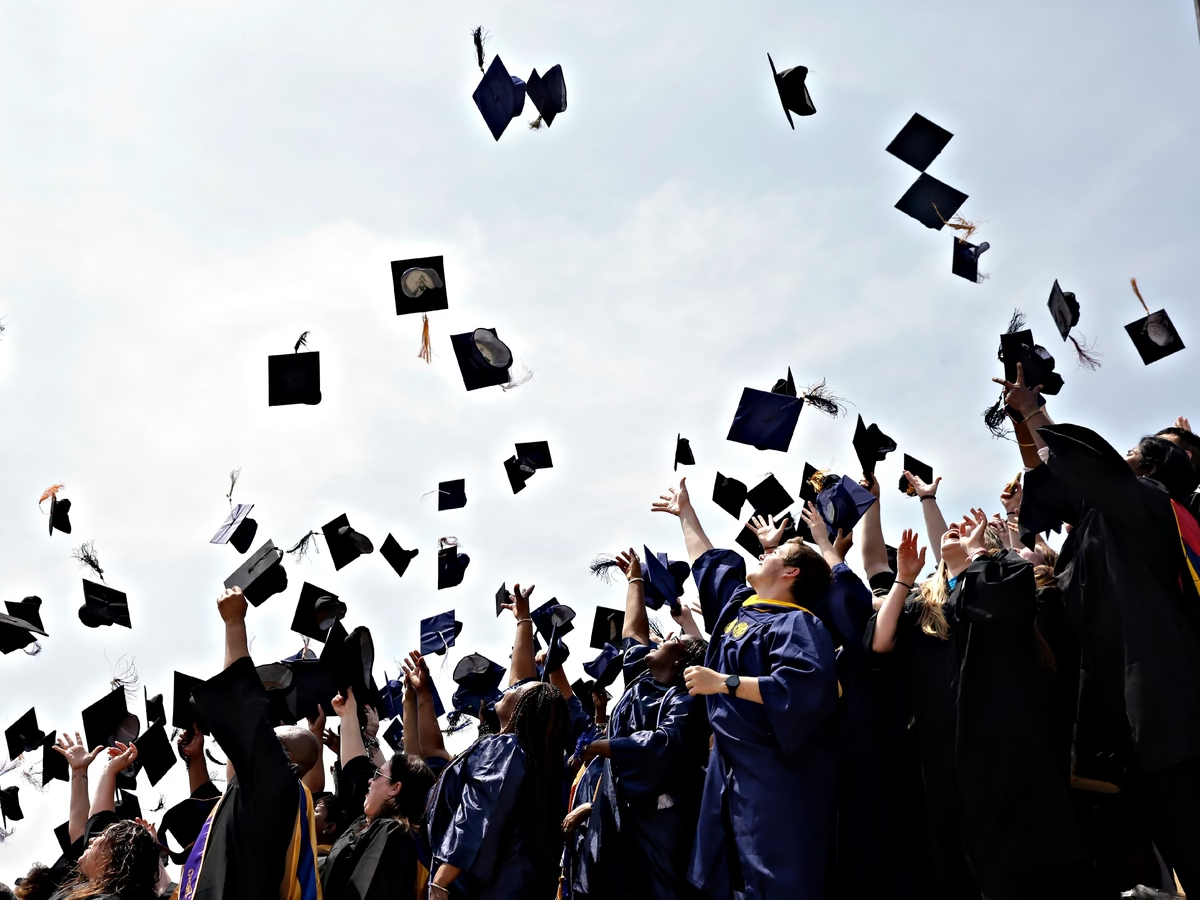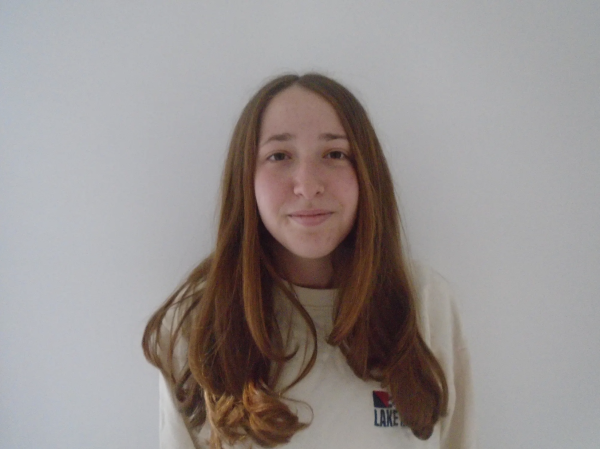On Wednesday, March 30th, Advanced Placement (AP) U.S. Government and Politics (AP Gov) teacher Joseph Liberti accompanied three students, Henley Evans, Mya Hagar, and Zachary Gottesman, to the United States Supreme Court to observe the oral arguments for two proceedings.
From his third year as an AP Gov teacher, Liberti knew that he wanted to draw students outside of the classroom and provide them firsthand experiences with politics. Out of this belief came the New Hampshire Primary trip, where students are given the opportunity to follow presidential candidates on the campaign trail, as well as a trip to the 2016 Democratic National Convention and numerous other policy-focused trips to D.C. and beyond.
As Liberti is concluding his fourteenth and final year teaching AP Gov before he completely transfers his focus to the Original Civic Research and Action (OCRA) program, he realized that he had left one stone unturned: he had not given students the opportunity to visit the Supreme Court.
So, this year, he set out to do just that. Given the nature of Supreme Court hearings, it was impossible to bring all students on the trip. Therefore, Liberti put out an application. From here, Liberti used a lottery process to sort through applicants, choosing two students from his AP Gov class and one from colleague Nicholas Malley’s AP Gov class.
Upon arriving at the Supreme Court, Liberti, Evans, Hagar, and Gottessman endured a rigorous security check before entering the courtroom. The group took their seats approximately six rows away from the front of the room, and the justices themselves, before their long day in the court began.
The first of the two cases they were given the opportunity to sit in on, titled Gonzales v. Trevino, involved a lawsuit after then-counsel woman Sylvia Gonzales of Castle Hills, Texas was charged with tampering with government documents after a petition, encouraging the city’s manager to resign, was found in her personal folder. After spending a night in Bexar County jail, all charges were dropped but Gonzales sued Castle Hills and several of its government officials including Mayor JR Trevino for arresting her “in retaliation for exercising her First Amendment rights” (Texas Tribune).
At one point, when Liberti and Evans briefly left the courtroom, they ran into what Evans describes as a “short, sweet-looking woman.” Liberti, stating that he “sensed who it was” approached the woman and struck up a conversation. Liberti’s instinct was correct, the woman was Sylvia Gonzales, the plaintiff. When reflecting on the highlights of the trip Evans reflected on this moment and the true first hand experience she was given. Liberti corroborated this stating “It is my duty to, whenever possible…make those connections [and] to start those conversations.”
Another highlight of the trip for Evans and Hagar was getting to witness Lisa Blatt’s, the lawyer for Castle Hills, arguments. Blatt has spoken before the Supreme Court 46 times, the most of any woman, and has one of the highest success rates at 80% excluding this specific case in which the verdict is yet to be established. Speaking about this experience, Hagar noted “how comfortable [Blatt] was…and how she was very conversational with the justices, even joking at some times.” Blatt’s level of comfort carried over to the entire courtroom, allowing the students to find a level of “humanity” in the judges as Hagar puts it.
The second case the group was given the opportunity to observe was significantly more technical as Liberti explained, stating it involved state “access to water established by 1938 compact that involves [and gives supremacy to] the United States government following a disagreement between Texas and New Mexico. This specific case remains highly relevant to the AP Gov course given that it is a tangible result of federalism and can be directly connected to the debate surrounding the balance between federal and state powers.
To conclude their visit, the students were given a special tour of the building. During the tour, they were promised a visit to the so-called ‘highest court in the land,’ the basketball court situated above the chamber. Unfortunately, the court was in use at the time of the visit so the students ultimately were unable to catch a glimpse at the mystical landmark.
Regardless, Hagar was thrilled by the experience: “We learned about the Supreme Court System a few weeks before the trip, but visiting the Supreme Court really solidified my understanding of the topics and made it an experience I will never forget,“ to which Evans replied, “all this stuff that we’ve been learning all year can be applied to the real world.”





